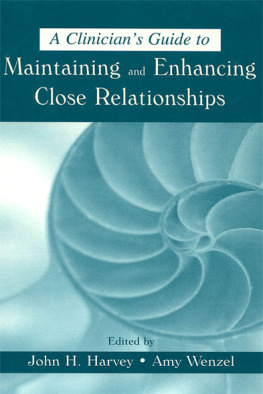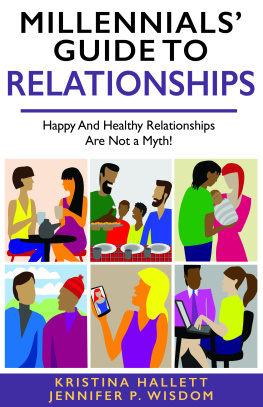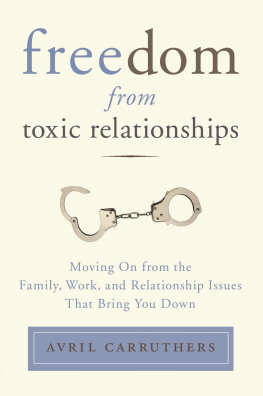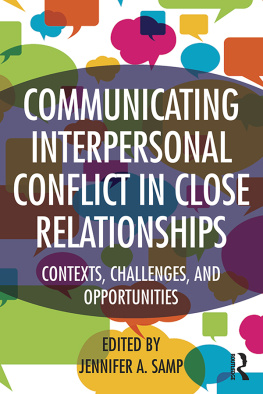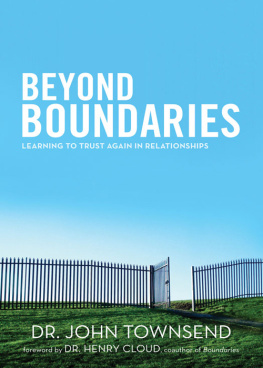Cover
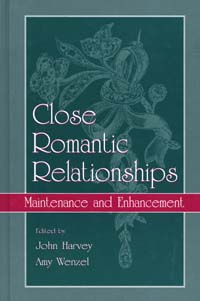
| title | : | Close Romantic Relationships : Maintenance and Enhancement |
| author | : | Harvey, John H.; Wenzel, Amy. |
| publisher | : | Lawrence Erlbaum Associates, Inc. |
| isbn10 | asin | : | 0805835520 |
| print isbn13 | : | 9780805835526 |
| ebook isbn13 | : | 9780585382173 |
| language | : | English |
| subject | Interpersonal relations, Man-woman relationships, Couples. |
| publication date | : | 2001 |
| lcc | : | HM1106.C553 2001eb |
| ddc | : | 302 |
| subject | : | Interpersonal relations, Man-woman relationships, Couples. |
Page 1
Introduction: The Movement Toward
Studying the Maintenance and
Enhancement of Close Romantic
Relationships
Amy Wenzel
University of Wisconsin Medical School
John Harvey
University of Iowa
One of the most daunting issues confronting researchers and practitioners in the area of close relationships concerns the dynamics of how people both maintain and enhance their close romantic relationships (including, but not limited to, marriage) over time. We have considerable literature and a relatively lengthy history of work on the initiation and dissolution processes in close relationships. It is only in the last decade, however, that the topics of maintenance and enhancement have become prominent foci for study and writing, as well as for therapy and prevention programs. Across different fields, close relationships scholars and practitioners have begun to theorize and conduct research on presumed ingredients of maintenance and enhancement to offer conclusions on what does and does not work in different couples and situations.
Unquestionably, this interest in the maintenance and enhancement parallels the considerable concern in society about the high divorce rate that has persisted in the United States since the 1970s. In terms of policy and legislation as well as contemporary folkways in this country, the concern about the durability of marriage is symbolized by the Covenant Marriage legislation, making divorce much more difficult to obtain, that has been passed in Louisiana and Arizona. Further, movements such as Promise Keepers and Back to Courtship (that emphasize no physical intimacy until marriage) are aimed partially at strengthening perceived deficiencies in relationships and the larger family units of which they are a part over an extended period of time.
Page 10
power in accounting for a topic of study that is sometimes difficult to define and observe.
It is also interesting to note that many models presented in this volume that describe general approaches to maintenance and enhancement (e.g., empathic accuracy, self-expansion, equity, commitment, attending) prescribe similar specific behavioral strategies to achieve relationship satisfaction. For example, participating in shared activities as a way to enhance relationship quality was mentioned in nearly every chapter in this volume. Thus, we regard the models presented here as complementary and even integrative rather than as mutually exclusive and competing. Close relationships researchers have been successful in succinctly defining and validating constructs that are crucial to the maintenance and enhancement of long-term love relationships. The task ahead of us is to continue to integrate these constructs to amass a comprehensive model of relationship maintenance and enhancement that incorporates variables at both the relational and individual difference levels. The present volume is a small step in that direction.
Page 100
tendency to experience benign emotions and develop benevolent interpretations of the partner's actions during the course of accommodative dilemmas ( Arriaga & Rusbult, 1998 ); and (b) empathic accuracy, or the tendency to accurately perceive the partner's cognitions and affect during the course of conflicted interaction ( Kilpatrick et al., 2000 ).
Given that accommodation is a costly and effortful departure from immediate self-interest, it is important to ask whether accommodation is truly beneficial. If John turns the other cheek every time Mary behaves badly, is their relationship benefited? Will Mary simply learn that she can get away with outrageous behavior? One way to answer these questions is to examine the association of accommodation with quality of couple functioning. High levels of accommodation consistently have been shown to be associated with indexes of couple well-being, including persistence and dyadic adjustment ( Rusbult, Bissonnette et al., 1998 ; Rusbult et al., 1986 , 1991 ). At the same time, it appears that couple functioning is greatest in relationships exhibiting mutually high levels of accommodationthat is, couple well-being is enhanced when partners take turns exhibiting strong and equal inclinations to behave constructively in accommodative dilemmas ( Rusbult et al., 1991 ). Thus, although accommodation involves personal cost, the tendency of committed individuals to accommodate clearly is beneficial to ongoing relationships.
Willingness to Sacrifice . Although partners in ongoing relationships may experience many interactions in which their preferences are compatible, it is inevitable that, at some time, they will be forced to deal with noncorrespondent situations. For example, on Friday night, John may wish to attend a hockey game, whereas Mary would rather spend the evening at home. John may receive a desirable job offer in Chicago, whereas Mary's most desirable offer may be in New York. When partners encounter such noncorrespondent situations, it becomes necessary that one or both persons exhibit willingness to sacrifice , defined as the tendency to forego immediate self-interest to promote the well-being of the partner and relationship ( Van Lange et al., 1997 ). Sacrifice may entail foregoing behaviors that otherwise would be desirable (passive sacrifice), enacting behaviors that otherwise would not be desirable (active sacrifice), or both. Acts of sacrifice may be minor and transitory (e.g., John may attend an opera that Mary wants to see) or substantial and lasting (e.g., John may agree to live in an undesirable locale for the sake of Mary's career).
Noncorrespondent situations are quite common, yet such situations are potentially disruptive to a relationshippartners may expend a good deal of energy working to resolve conflicts of interest, they may become aggravated at one another's differing preferences, and they may feel hurt when one or both partners ignore the other's preferences in the pursuit of
Page 101
self-interest. Thus, there is reason to wonder whether commitment indeed promotes willingness to sacrifice and whether the willingness to do so is beneficial to relationships.
We have examined willingness to sacrifice in six studies that used diverse methods, employed both self-report and behavioral measures, and examined both dating relationships and marital relationships ( Van Lange et al., 1997 ). This research revealed that (a) commitment is positively associated with willingness to sacrifice; (b) willingness to sacrifice is greater among individuals who exhibit high satisfaction, poor alternatives, and high investments; and (c) the associations of satisfaction, alternatives, and investments with willingness to sacrifice are largely accounted for by the associations of these variables with commitment (i.e., commitment largely mediates the association of the bases of dependence with sacrifice). Also, willingness to sacrifice is positively associated with dyadic adjustment and probability of persisting, and sacrifice partially mediates the association of commitment with adjustmentthat is, the enhanced adjustment characterizing committed couples is partially attributable to the fact that committed partners exhibit greater willingness to sacrifice and therefore enjoy greater adjustment. Thus, although sacrificial behavior necessitates foregoing immediate self-interest, the willingness of committed individuals to sacrificewhen it becomes necessary to do soyields clear benefits in ongoing relationships.
Next page

